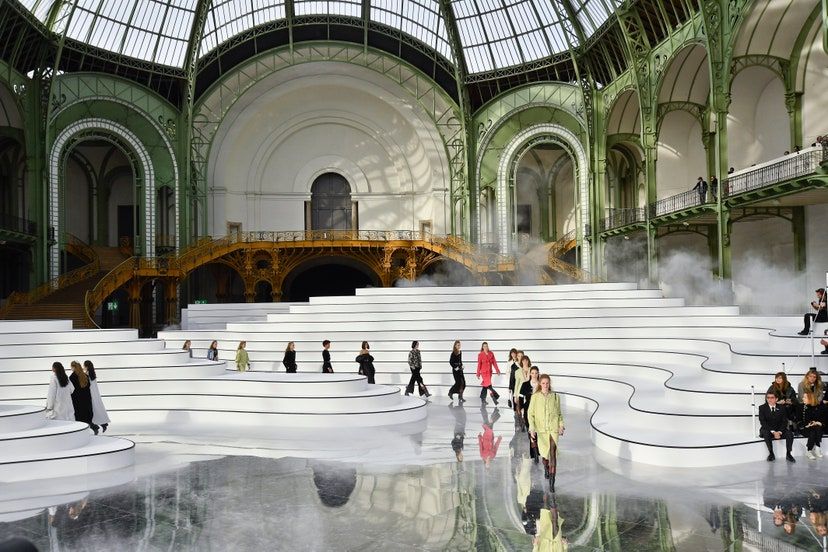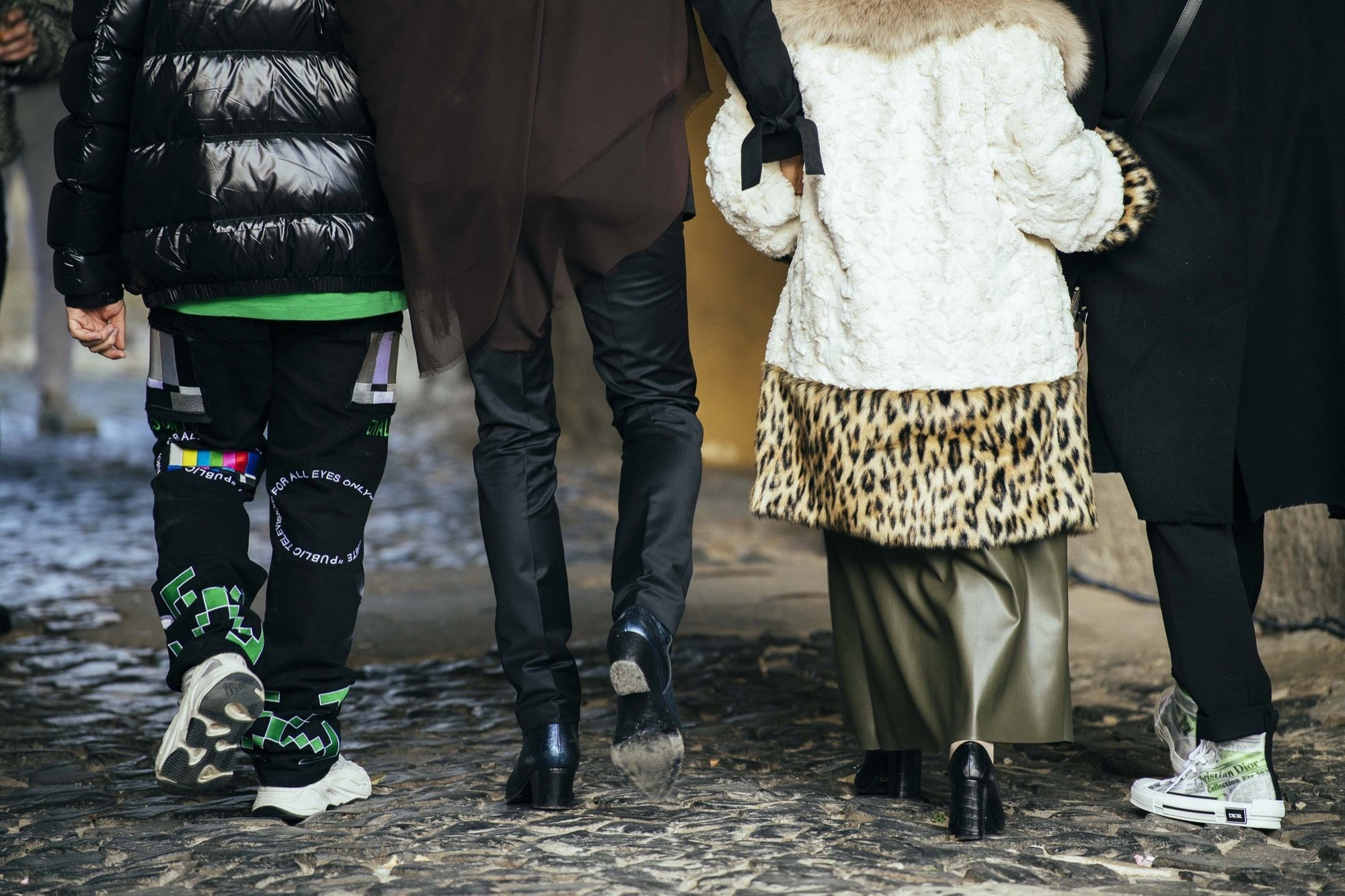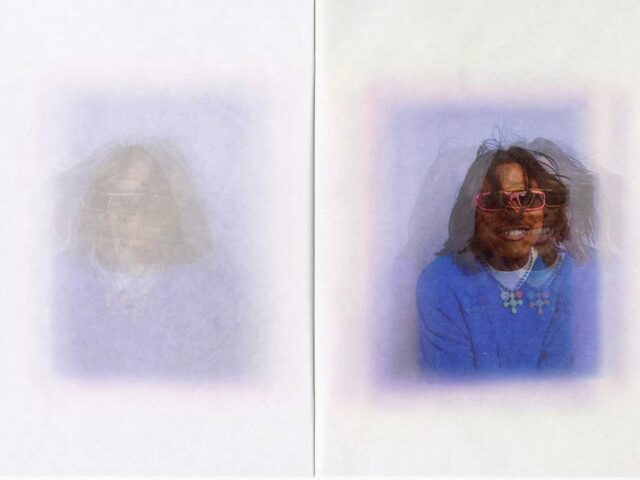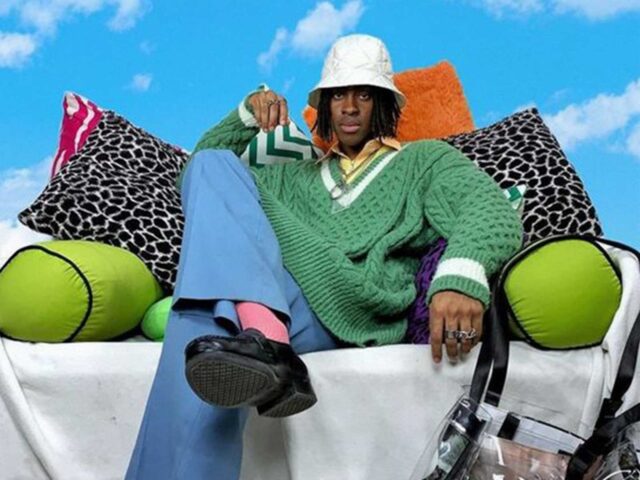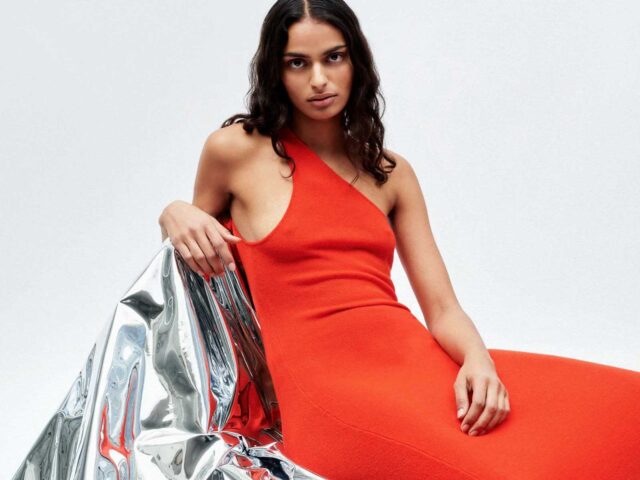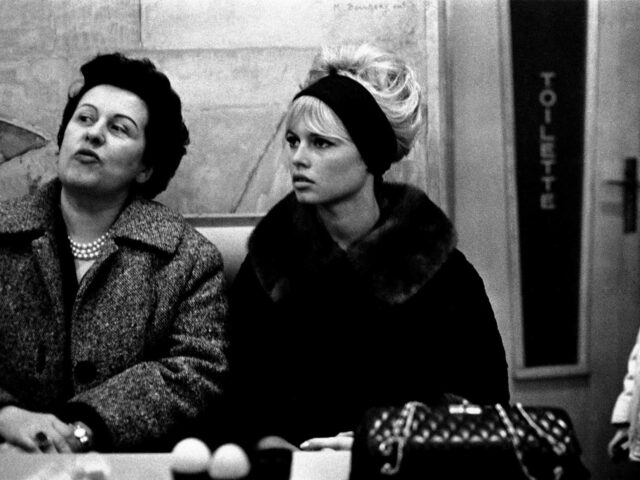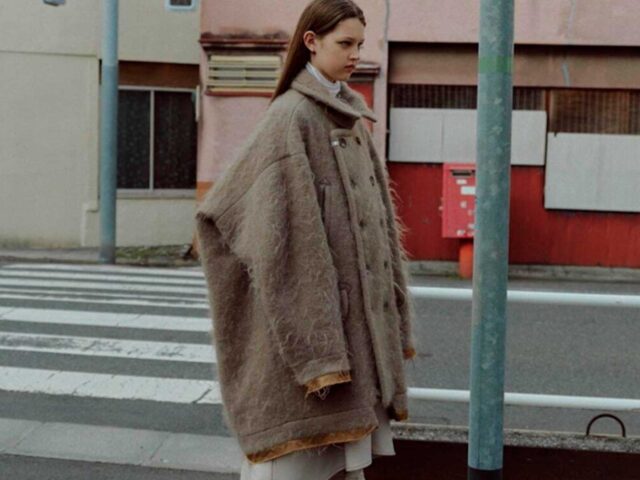In this new episode about the effects of coronavirus in fashion, we talk about the risks or benefits of pausing the production of the autumn-winter 2020 collections. With prototypes ready for the next season, the companies are asking themselves the question: should they continue with production or stop the cycle and skip the season?
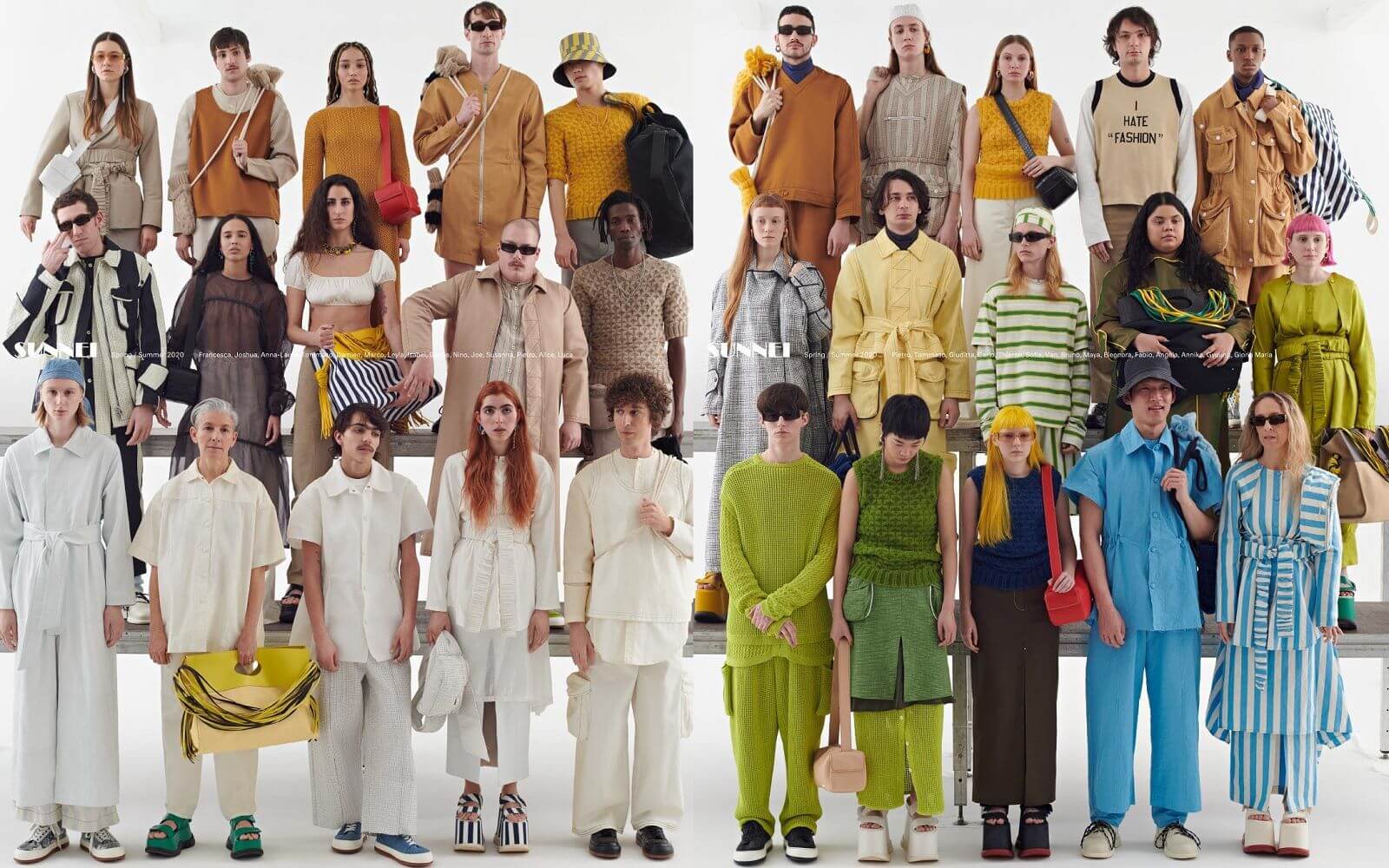
The FOMO generation disables its connection and the fashion cycle turns off its lights until further notice. At the same time, the economy is declining due to a slope with no return that is generating panic in many brands regarding the management of their economic archives and their post-covid investments. Now their moodboards replace ideas, materials and inspiration for: cancellation of orders, fall in sales and failure to reach minimum quantity requirements with their factories.
The factories on which a large part of the fashion industry depends, located in Italy and China, closed their doors, generating a bubble -increasingly- of global uncertainty. But even when they are reactivated, the problem of money and its conservation will remain. Not all brands have enough money to be able to skip a season and not bring with it their permanent closure. The loss of income due to their fixed costs, as well as their investment in the production of the collection, means that many of them cannot afford to not bring their AW20 proposals to light.
This pandemic that puts in front of our eyes a kind of white blindness like the one in José Saramango’s ‘Ensayo sobre la ceguera’, when it comes to facing the present and guessing the future, raises an infinite number of unanswered questions. One of them is: when will the market be reactivated and, above all, in what way?
Although there are signs that China is reopening its doors, nothing is yet clear, least of all for the scene in Europe and North America. But let us put ourselves in the position of having the shops reopen: what do we do with all the unsold mass products?
That is why they predict a wave of discounts to liquidate the inventory, similar to the one that followed the global financial crisis in 2008. But now we are not just talking about an economic crisis, we are talking about a global crisis, and a before and after in our lives.
So, let’s get back to what got us here. What should the brands do, go ahead or skip a season?
It would still be interesting skip the next season and let the planet breathe a few more months, reactivating the fashion cycle later: when everything is clearer. In this way, during these months we can manage the company’s economy, think about how to reuse the materials and textiles already acquired and plan real investments for post-coronavirus times.
The players in the fashion system are thus coming up with the idea of skipping a season, or opting for the other side of the coin: boosting their collections so that the investments already made in previous production are not wasted. This is easier for the footwear and accessories sector, whose collections are less seasonal.
This game then locks into a looping screen from which we cannot escape until there is a clear answer to it. The only thing clear here is the knowledge that the fashion industry will never be the same again.
Sigue toda la información de HIGHXTAR desde Facebook, Twitter o Instagram
You may also like...
